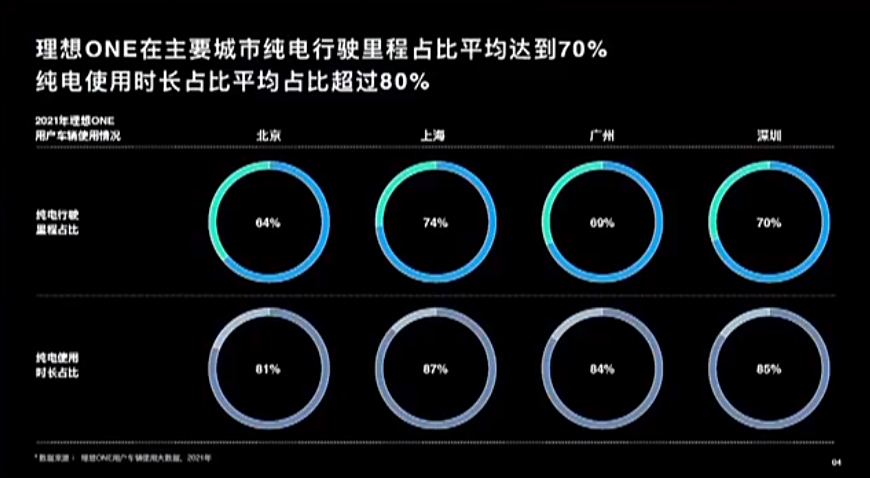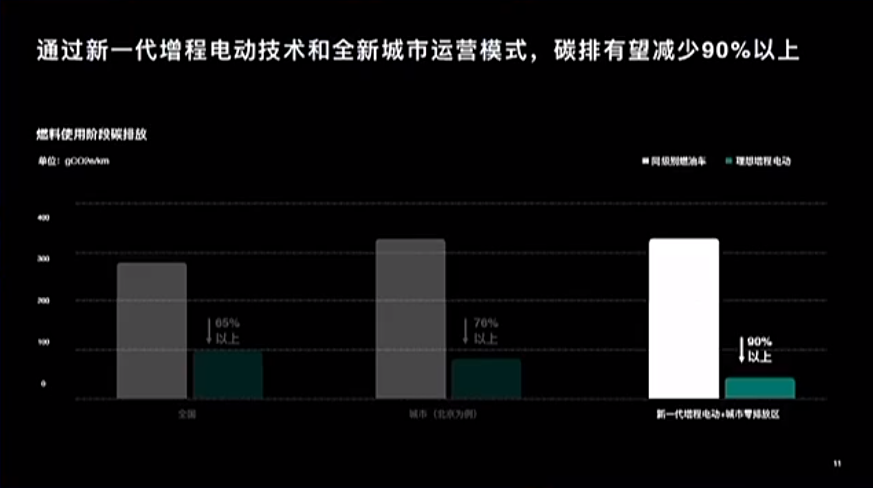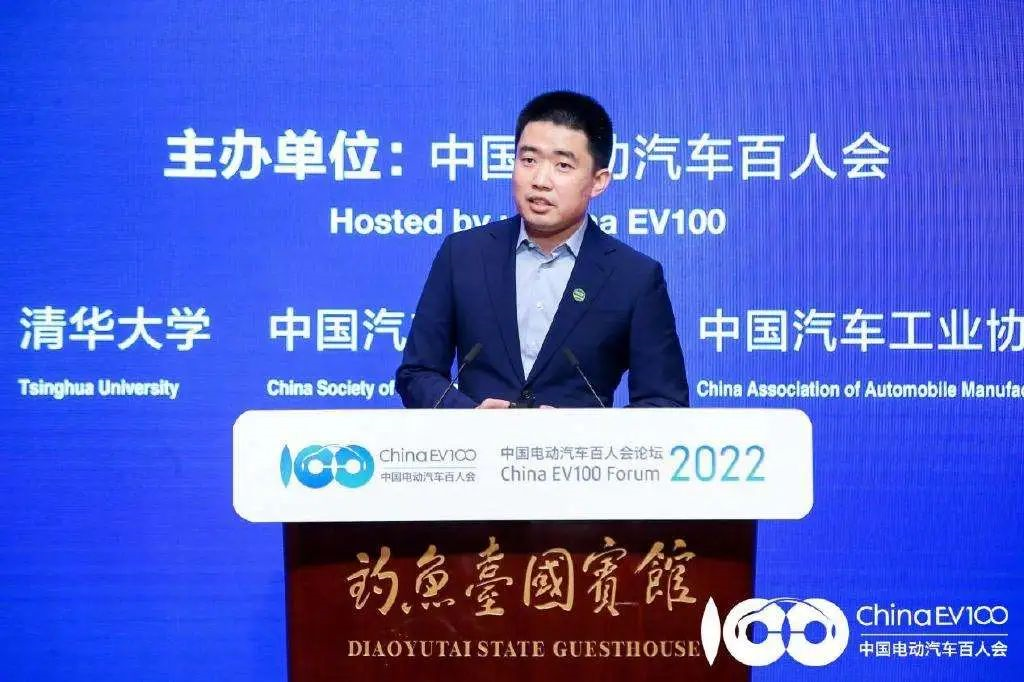Ideal Automobiles may not give up the extended-range route in the future
Author: Zhu Shiyun
Editor: Qiu Kaijun
On March 26, at the 2022 Electric Vehicle Forum, Li Xiang, founder and chairman of Ideal Automobiles, said that looking ahead to 2030-2035, the centralized electric power generated through the power grid and the energy structure composed of distributed liquid energy will coexist long-term.
This suggests that in the future, Ideal Automobiles may explore using clean fuels for extended-range vehicles.
“Liquid fuels can be converted, transported, and stored. We will also face an important technical route, which must not be relaxed. We will continue to explore how to gradually transform fossil fuels into clean fuels like hydrogen, so as to achieve comprehensive autonomy and control of the entire energy system and achieve the goal of ‘dual carbon’,” Li Xiang said in his speech.
Ideal’s Product Energy Concept
Two years ago, the extended-range concept seemed unimaginable to the public but it has brought real success to the Ideal ONE. For Li Xiang, there was inevitability and certainty in the decision.
Ideal Automobiles’ thinking about how passenger cars should use energy is based on two important elements: what ordinary people need, and what the government needs. “Only by combining the two can we achieve long-term healthy development,” Li Xiang said.
The government needs energy conservation, emission reduction, energy security and technological development. In Li Xiang’s view, ordinary people have three core needs: first, the convenience of obtaining energy- “as long as you install a charging station at home, you don’t have to go to a gas station in the city, which is much more convenient”; second, the cost of obtaining energy- users always prefer cheaper energy; third, ordinary people are also more willing to use quiet and odorless new energy products.
Based on the assessment of the government’s and ordinary people’s needs, when the Ideal ONE project was launched in 2016, several key points were clarified:
First, choose the extended-range option, adhere to the national technology strategy: pure electric drive; Second, predict high growth in families having a second child. Based on its usage scenarios, a pure electric cruising range of 150 kilometers was determined for city use and the positioning of four-wheel drive was to meet long-distance travel.
“So we are the first in the world to have a cruising range of more than 150 kilometers for an extended-range electric vehicle and also the first four-wheel drive extended-range electric vehicle in the world,” Li Xiang said: “This has also clarified the energy concept of Ideal’s products: electric drive for city use and power generation for long-distance travel, adhering to pure electric drive.”
Ideal’s Next Step: Reducing emissions by 90%From the market results, the Ideal ONE has realized Li Xiang’s previous ideas.

The pure electric range of the Ideal ONE reaches 188 kilometers, which is well suited to the needs of most urban scenarios. The Ideal ONE is aimed at family users and relatively low-income family users, with 70% of users installing home charging piles and 90% having fixed charging conditions. “It truly realizes the key point we talked about: urban electricity, meeting users’ demands for convenience, cost, and environmental protection.” Long-distance needs are met by extending the power generation, avoiding user pain points of finding charging piles for all family travel.
From the operation results, in the past two years, the Ideal ONE has averaged a pure electric driving range of 70% in major cities in China, and the pure electric duration exceeds 80%, which means lower emissions in traffic jams.
In terms of carbon emissions, the overall carbon emissions of the Ideal ONE nationwide are reduced by 65% compared to SUVs of the same level, and in cities, the reduction is 76%.

Looking to the future, Ideal plans to achieve a battery range of over 200 kilometers and a 15% increase in thermal efficiency through technological optimization, while reducing long-distance energy consumption. At the same time, by using intelligent algorithms, “pure electric driving will be used in the core areas, and the range extender will not be allowed to start, reducing emissions by more than 90% in urban areas within all major cities’ core areas. This is something that can be completely achieved, and our tests in the past few months have been very effective.” Li Xiang said.
——END——
This article is a translation by ChatGPT of a Chinese report from 42HOW. If you have any questions about it, please email bd@42how.com.
